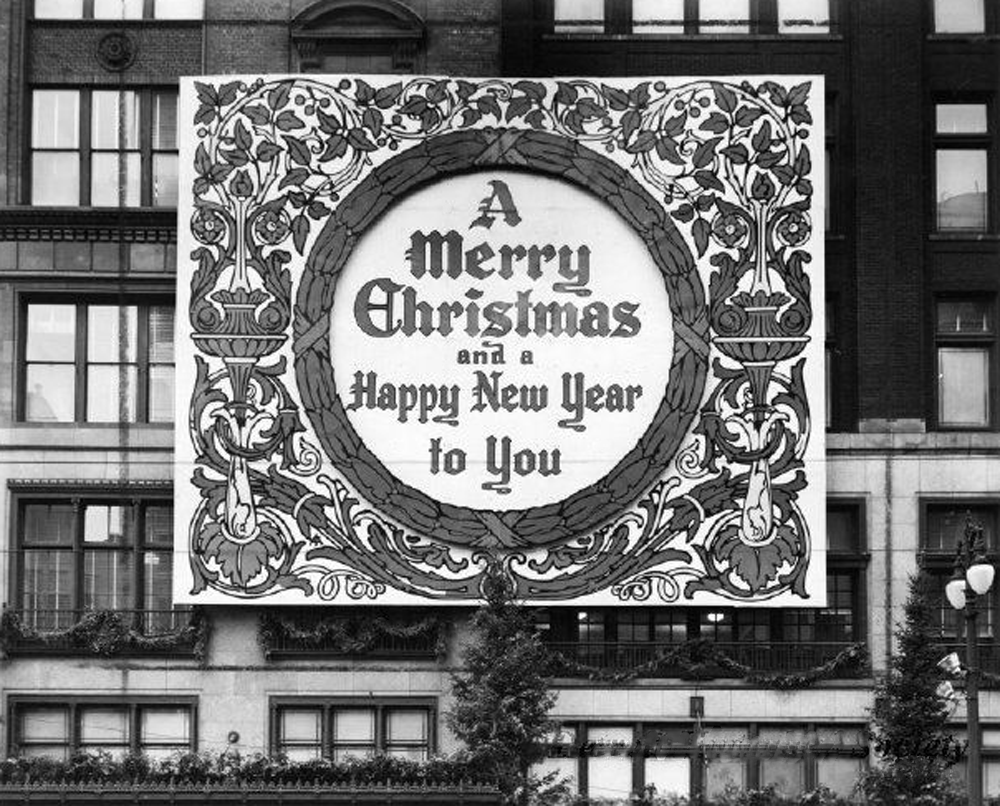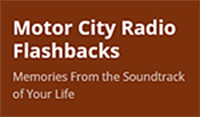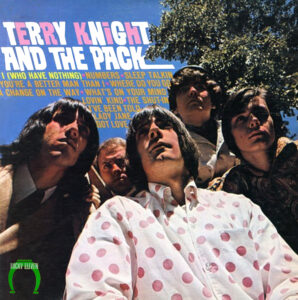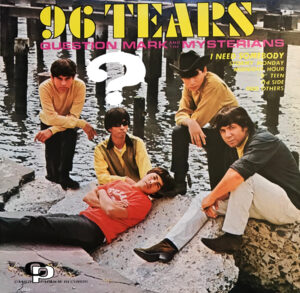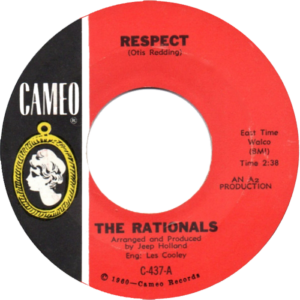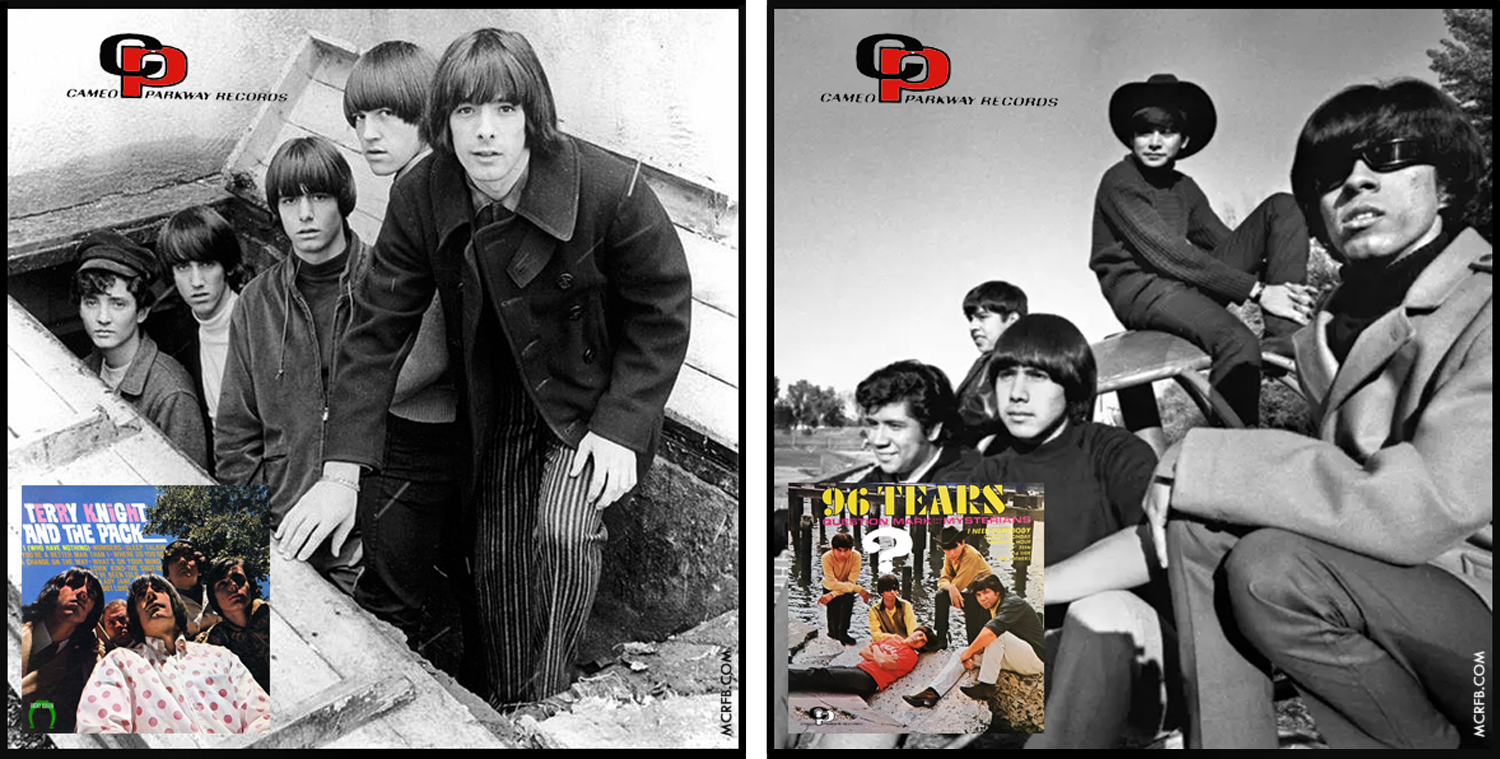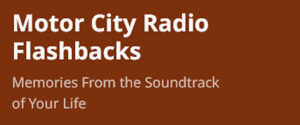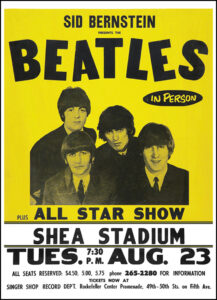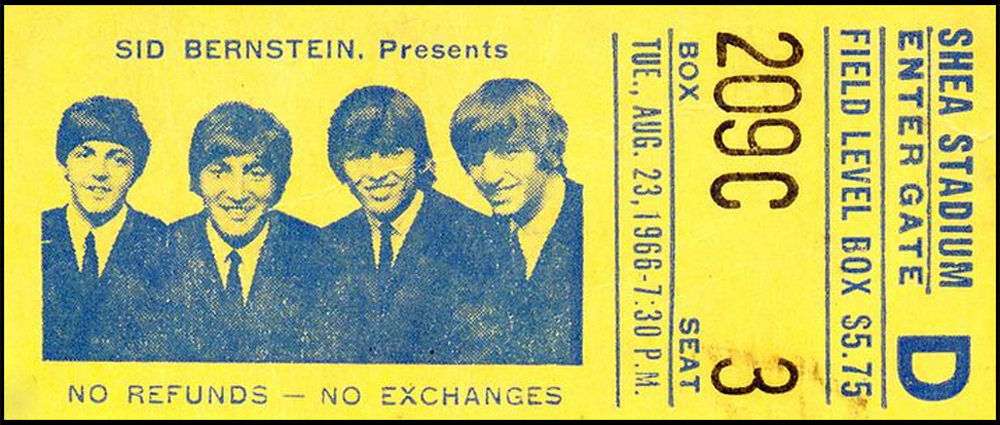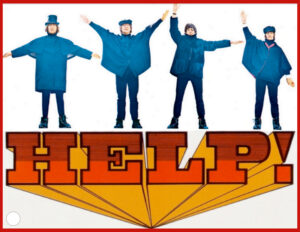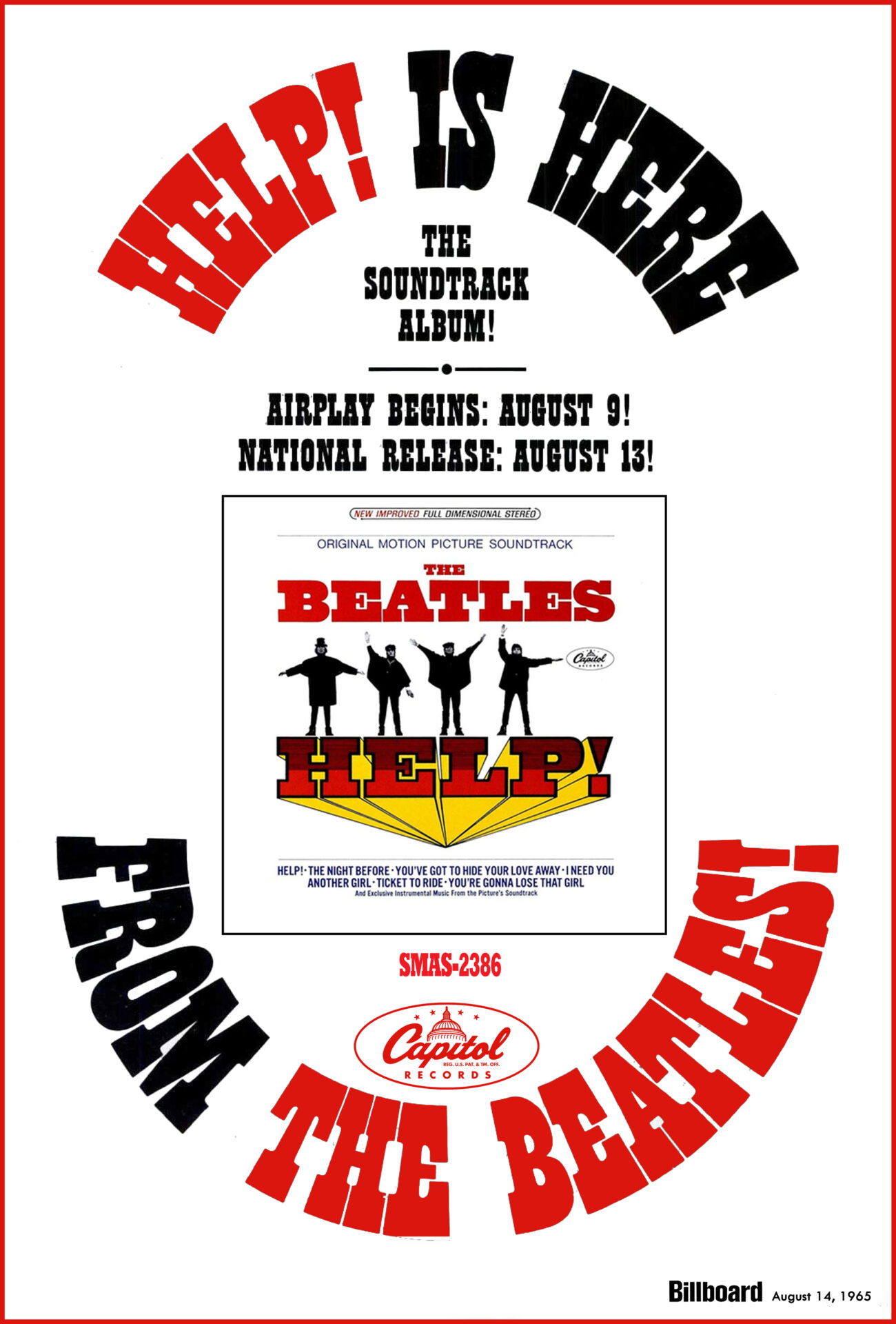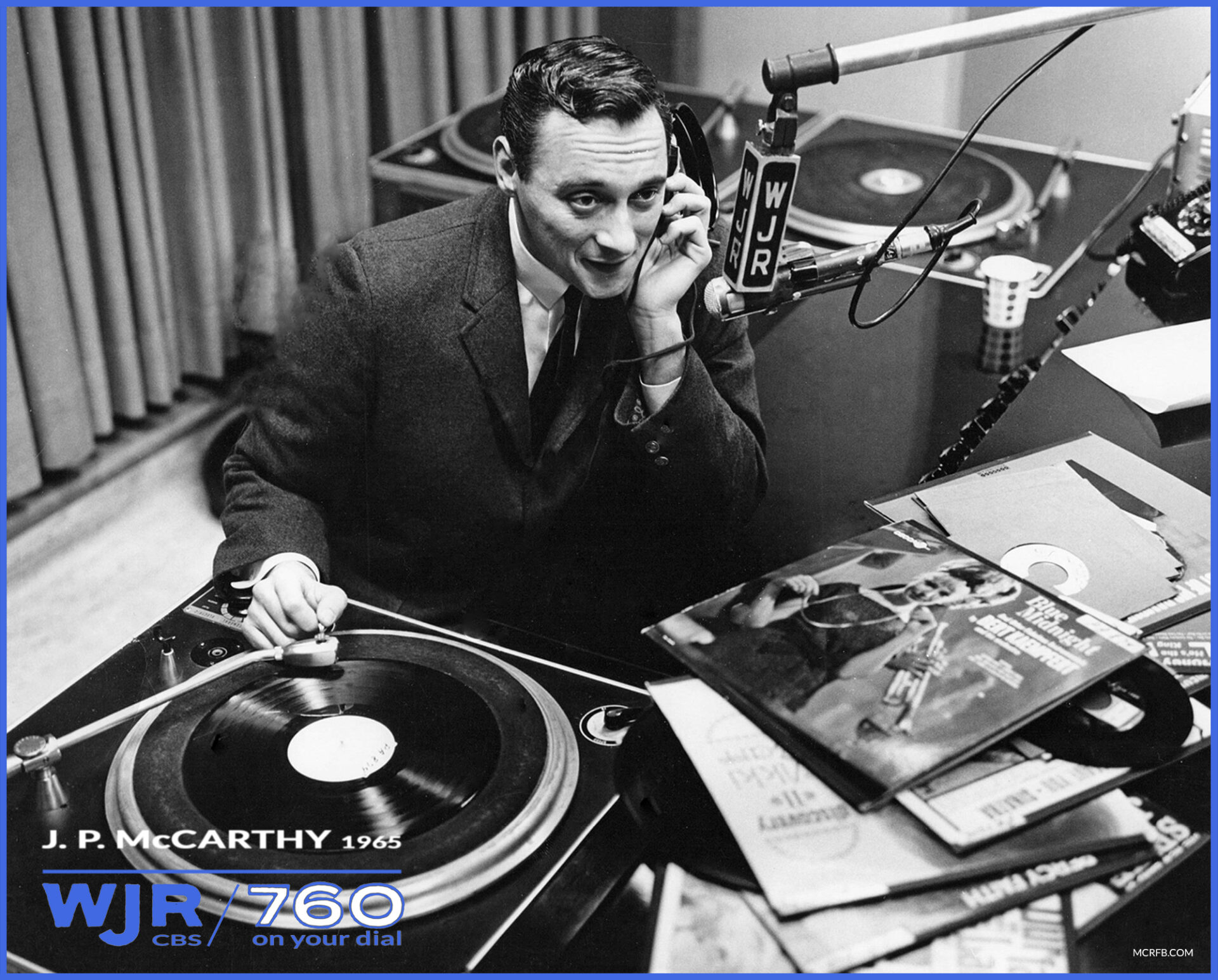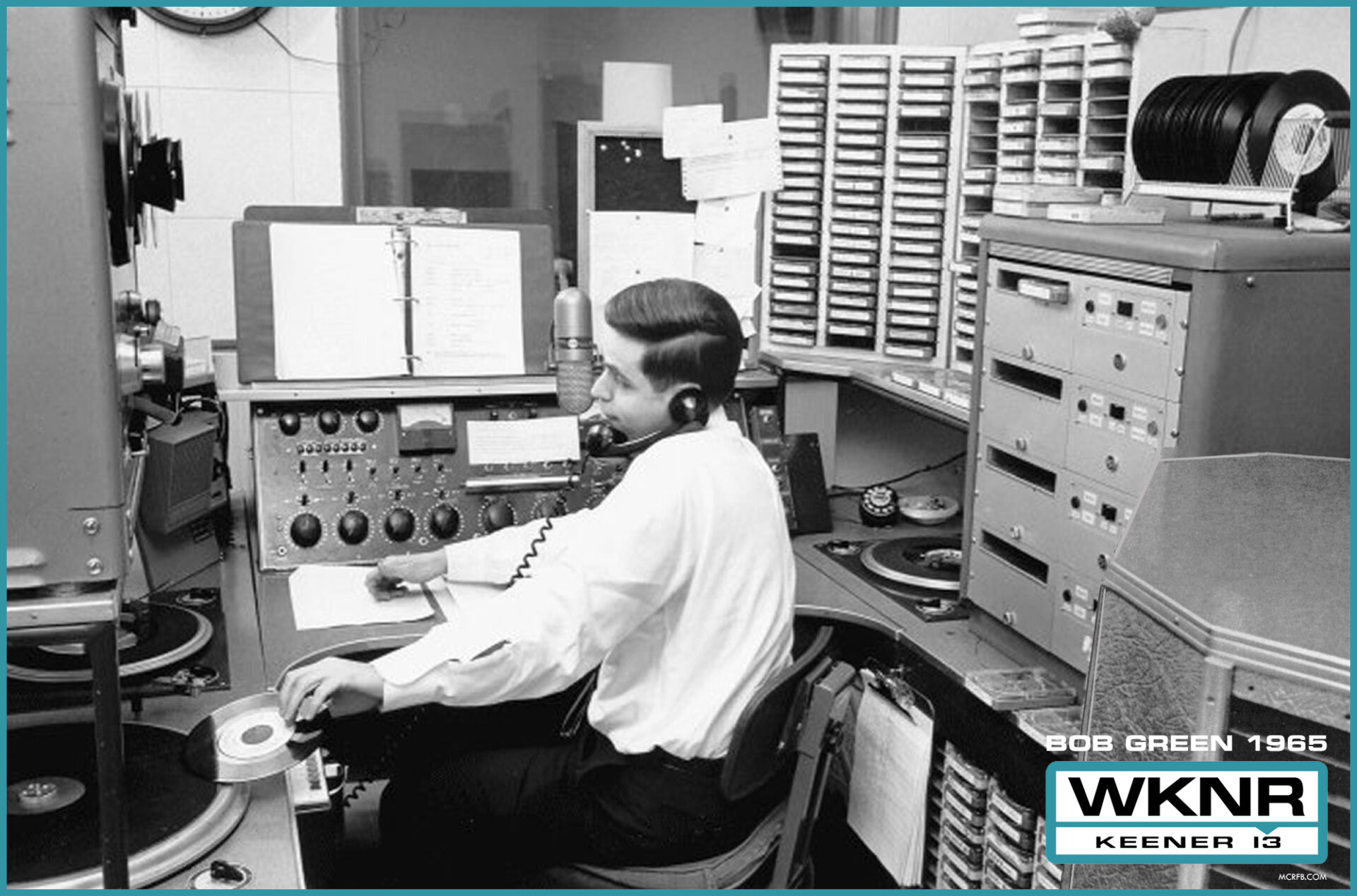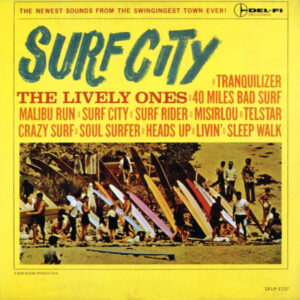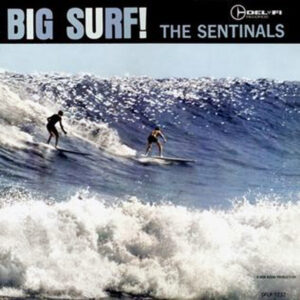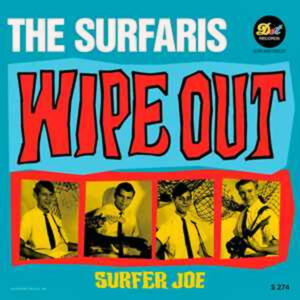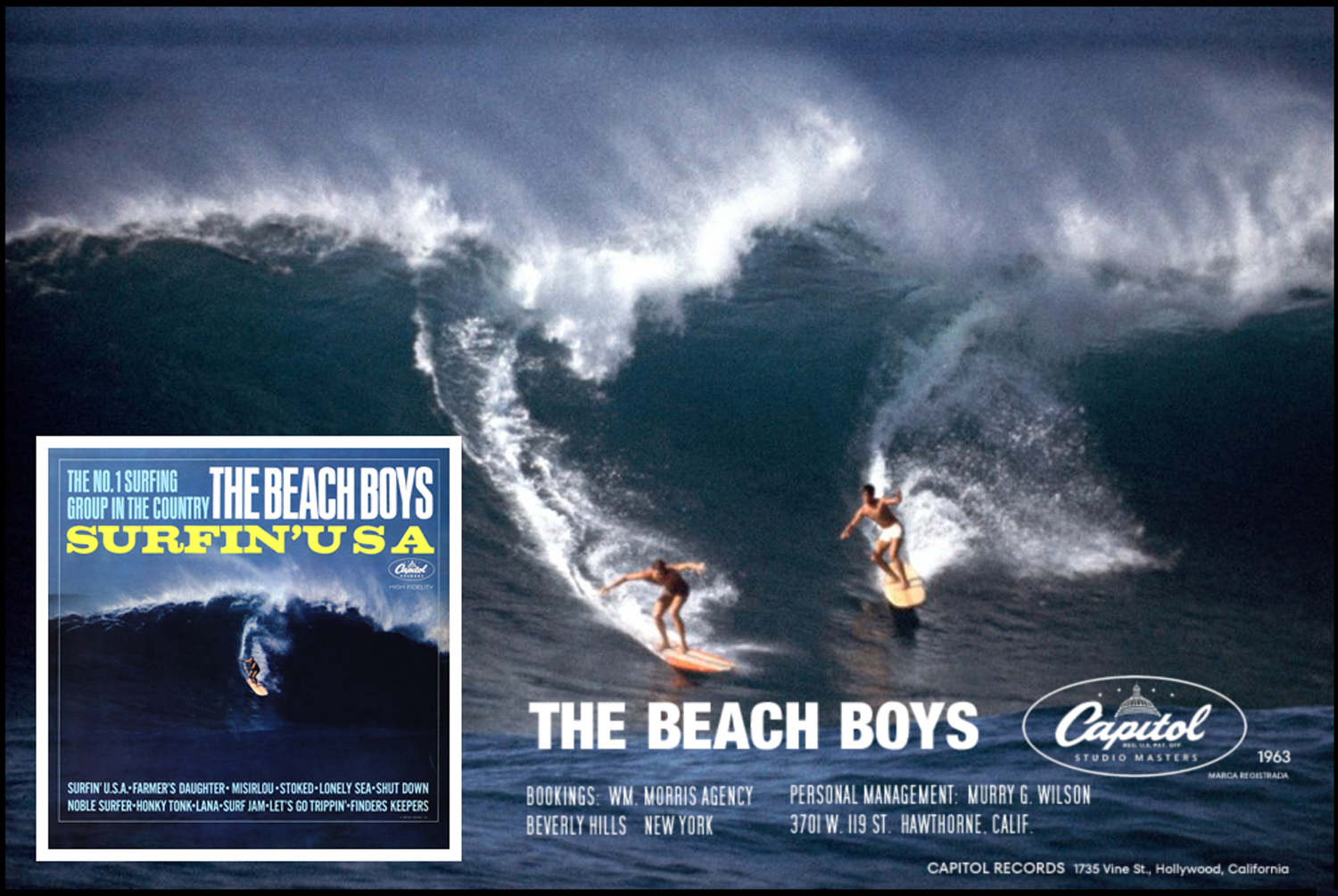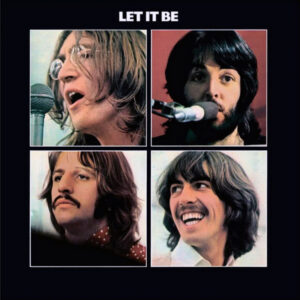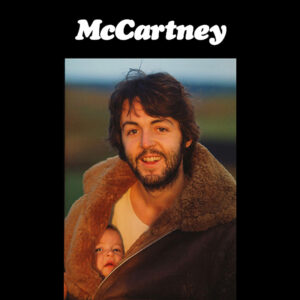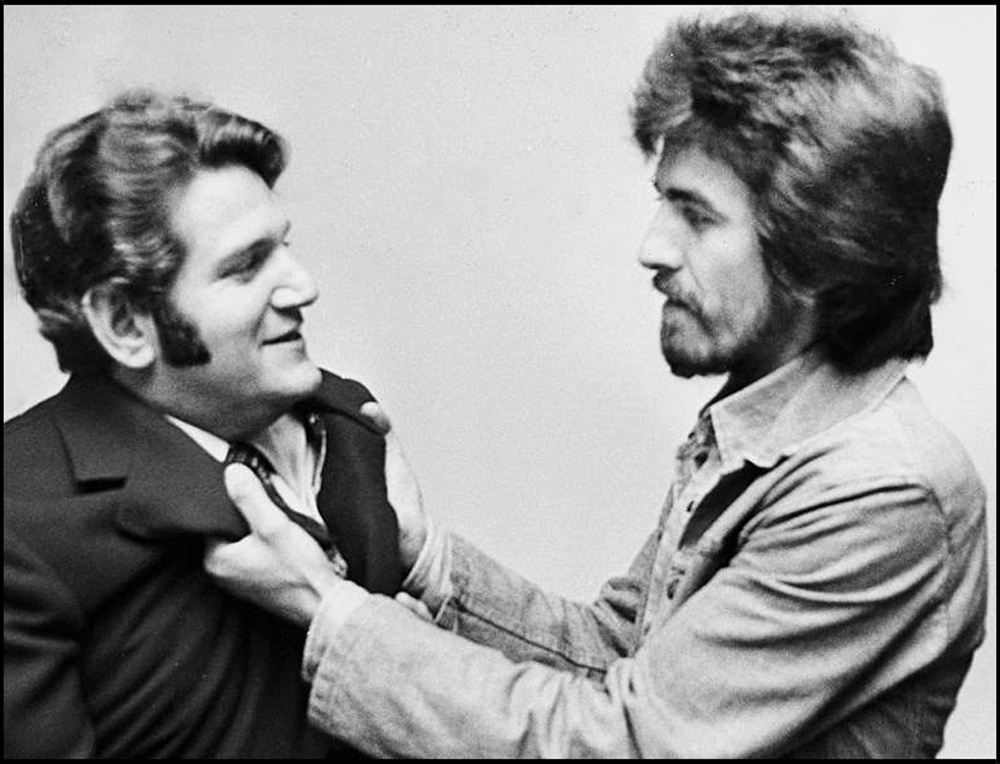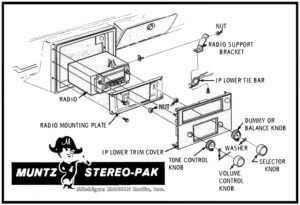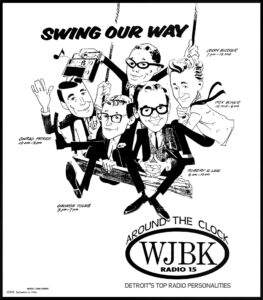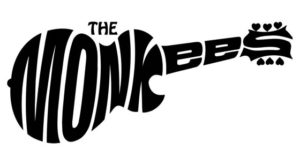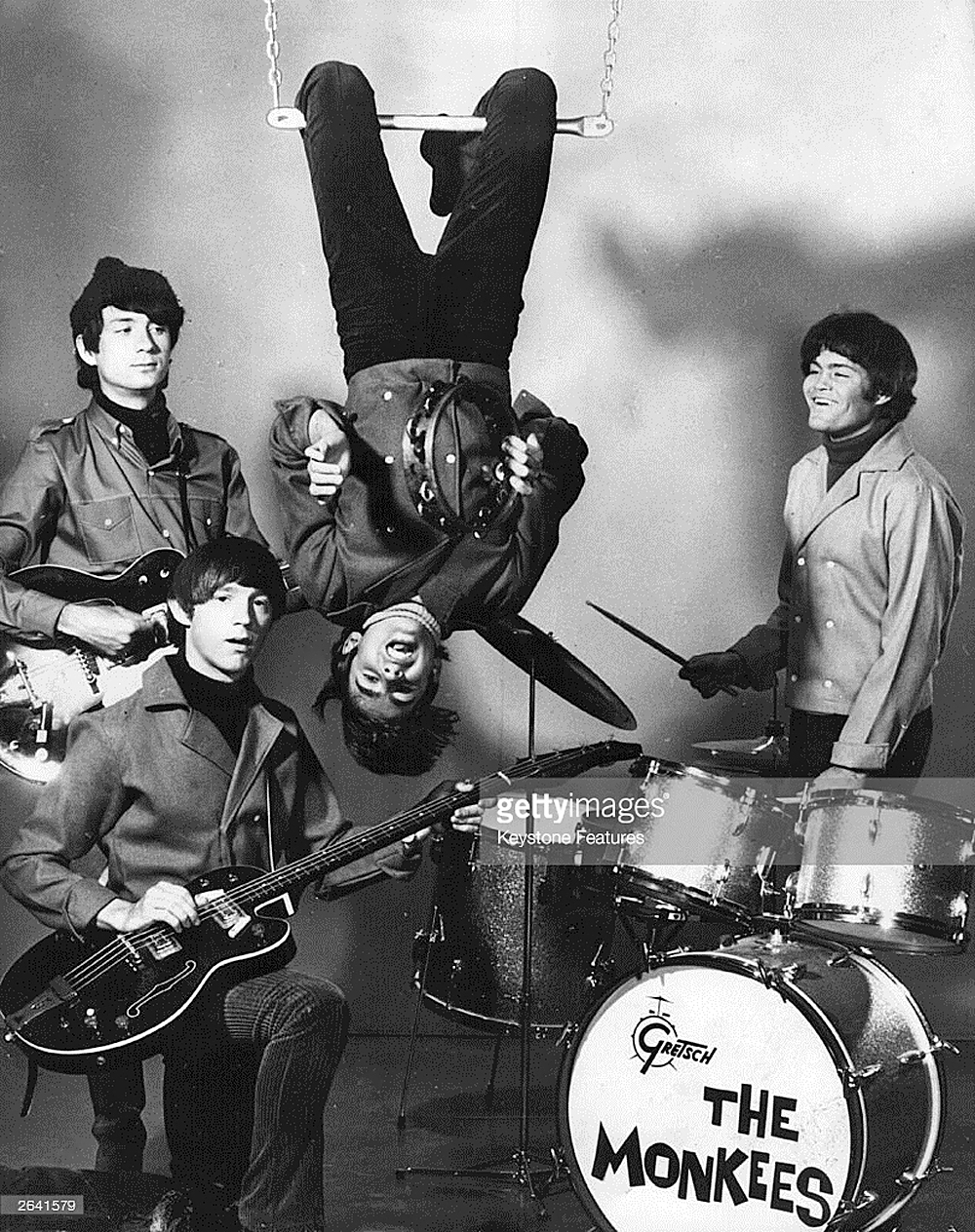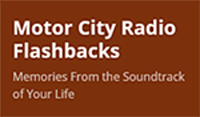 Higher Detroit Consumer Spending Anticipated for Christmas Holiday Season, 1964
Higher Detroit Consumer Spending Anticipated for Christmas Holiday Season, 1964
DETROIT — Christmas business should hit an all-time high, Motor City dealers report. If the boom fails to materialize, it will be a big disappointment to the industry in view of the present highly optimistic mood.
An important consideration affects all marketing here – Detroit has been without newspapers for three months, and prospects for settlement appear remote. Consequently all promotional plans are on a catch – as catch can basis.
Despite the newspaper void, however, business among retail stores is reported good. And it is on this background of solid cash register performance that retailers rest their pleasant anticipations for the holidays.
The automobile labor negotiations are having little effect here. Wearied by the months of seesawing, the public appears to be spending for home entertainment resources. The dealers are profiting and expect to continue.
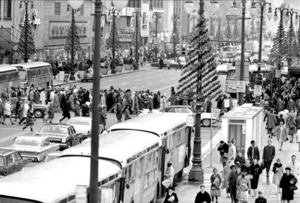
Business is up some 30 per cent over 1963, according to Milt Keverson, Uptown Radio Company, a major suburban outlet. One big reason is that the firm has concentrated on better merchandise-lines like Scott, Magnavox, Imperial and Ampex. “This means dollar volume, and better profit as well,” says Keverson. Significantly, he finds that people are buying better quality tape recorders than a year ago. For the holidays, “the outlook is very good. We are looking forward to showing a lot of high end goods.”
Business has been well ahead of last year for the great Grinnell chain. One reason has been a program of growth, with a new store just opened in Toledo, two in Michigan opening this week, and another shortly in the new Mall Shopping Center at Louisville, operated under the Shackleton chain name. The impetus of fall is expected to carry right through the holiday season – and even the absence of newspapers is not expected to hurt too much in the home town.
One of the most significant points noted in assessing business came from Lou Salasin, operator of the Mumford Music Shop. “The perennial slump in record sales, when the youngsters return to school in September simply failed to materialize, and the high summertime business level stayed firm. A very slight drop came a few weeks later and then was offset. The Beatles are credited with setting the pace for the music business this year.
There is one fly in the ointment according to Salasin: “The profit picture is not as good (despite high volume) because we are selling at greater discount to meet the competition. “This, however, is apparently only a local phenomenon.
At the Good Housekeeping Shops, an important chain, business is “excellent – perhaps the best ever. We can’t understand it. Business is running at an all-time high. The year as a whole will be up substantially,” according to Harold Baker, advertising manager. He stressed the point that this climactic level has been held despite the missing newspapers.
_______________
(MCRFB note: The two Detroit newsprint dailies ceased publication in July that year. The stilled presses began rolling on November 25, 134 days after the unionized publications went on strike. Making it the longest shutdown of any newspaper daily in American history).
_______________
Plans for Christmas

With this prevailing high optimism, retailers are varying their plans for holiday promotion.The day-to-day uncertainties of the strikes make confirmation of detailed plans impossible. In addition, retailers are naturally reluctant to tip off their plans to their competition.
Some major changes in use of media are expected. Merchandise men are striving to keep their programs flexible. J. L. Hudson Company, generally regarded as the world’s largest department store (doing tremendous business in the home entertainment field) has been doing excellent business throughout the newspaper strike.
A special tabloid circular, with a few outstanding offers from each department is being planned by Good Housekeeping Shops for Christmas promotion – but only if the papers stay out.
Good Housekeeping will push stereo, and put a little more emphasis on television, Baker said, because TV is generally more suitable as a gift for the whole family.
Mumford Music is turning to increased use of FM stations to promote classical music in its Christmas planning. The store will also rely heavily on window displays. This is in line with long range plans to increase the inventory of classical music, making this an important department for the gift trade.
Knowledgeable People
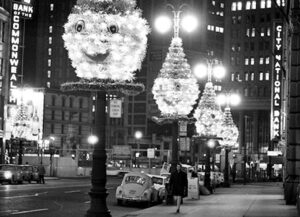
Knowledgeable personnel are another important asset, Salasin believes, in meeting vigorous competition – “Classical record buyers are getting tired of trying to find their records on a rack. Cheapness does not make up for lack of knowledge in a discount store.”
Grinnell’s is putting out an annual catalog for the holiday trade. Other Christmas plans are not available or firmly set. Pre-holiday promotion is being built around the Grinnell-sponsored “My Fair Lady,” who is also the “Detroit Teen Queen.” A special sideline will be a theater dinner party for five couples tied in with the opening of the movie “My Fair Lady.”
At Uptown Radio, a series of four or five brochure holiday mailings is being made to a list of about 50,000 names – some 30,000 from the store’s own files and the rest from directory listings. Brochures from manufactures like Magnavox and Pilot are being used. In addition some custom-prepared material is being used.
Lists of professional people are used for the mailings. Milt Keverson says, “We try to aim at some of the better income groups . . . . We feel that repetition (of mailings) will be more effective. This seems to work better than anything else.”
Uptown will spend about $500 on decorations for the Christmas season, to make the store attractive and seasonal in its visual impact upon customers and passing traffic. END
_______________
Information, credit and news source: Billboard, November 14, 1964

![]() A MCRFB Note: Above republished. Previously posted, November 11/10/2021.
A MCRFB Note: Above republished. Previously posted, November 11/10/2021.
![]()
